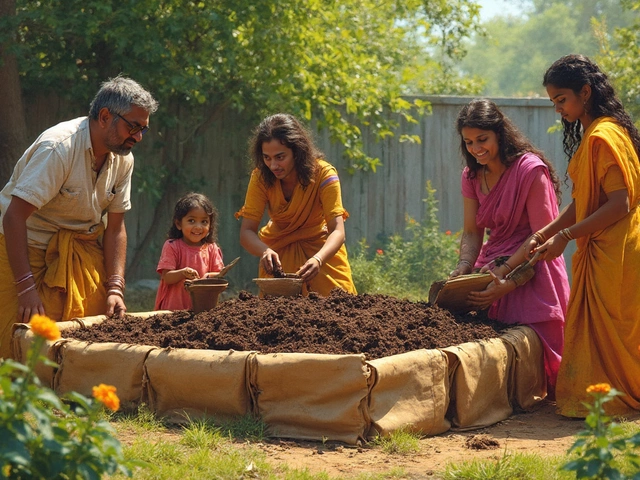Insecticide Basics: What Every Indian Gardener Needs to Know
Dealing with pests is part of gardening, but the right insecticide can save your plants without hurting you or the soil. In India, the climate brings insects like aphids, whiteflies, and caterpillars that love vegetables, fruits, and flowers. Before you reach for a bottle, think about what the pest is, how much damage it’s causing, and whether a less toxic option will work.
Insecticides fall into two big groups: chemical (synthetic) and organic (natural). Chemical products work fast and are easy to find, but they can leave residues, harm beneficial bugs, and sometimes affect soil health. Organic options—like neem oil, garlic spray, or pyrethrin—are slower but usually safer for the environment and for you.
Choosing the Right Insecticide
Start by identifying the pest. A quick look at the leaf damage, the insect’s size, and where it appears can point you to the right product. For example, aphids love the soft underside of leaves; neem oil or insecticidal soap often stops them. If you see caterpillars chewing leaves, a Bacillus thuringiensis (Bt) spray works because it targets only those larvae.
Check the label for the crop you’re growing. Many products are labeled for vegetables, others for ornamental plants. Using a fertilizer spray on tomatoes can damage the fruit, while a lawn label won’t stay effective on roses. Also, note the concentration: most insecticides need to be diluted with water. Mixing too strong a solution can burn leaves, while too weak won’t kill pests.
In India, the Pest Control (Regulation) Act restricts certain chemicals. Look for products that have an Indian registration number – that means they’ve been reviewed for safety. If you’re unsure, ask a local nursery or extension officer for a recommendation that fits your region’s climate.
Safe Application Tips
Apply insecticides early in the morning or late evening when the sun is low. This reduces the chance of leaf burn and protects pollinators that are active during the day. Wear gloves, a mask, and eye protection, especially with synthetic chemicals.
Spray only the affected parts of the plant. Cover the undersides of leaves where many insects hide, but avoid drenching the soil unless the label says it’s safe. Over‑application not only wastes product but can lead to resistance – pests get used to the chemical and become harder to kill.
After spraying, keep kids and pets away from the garden for the time listed on the label. Most products need a few hours to dry before it’s safe to walk on the beds. If you use organic sprays, they often dry faster, but a short waiting period is still wise.
Rotate your insecticides. If you use the same product for several weeks, pests can develop resistance. Alternate between neem oil, insecticidal soap, and a low‑toxicity synthetic option if needed. This keeps the pest population from adapting.
Finally, remember that prevention is cheaper than cure. Keep the garden clean, remove weeds, and practice crop rotation. Healthy plants can tolerate a few bugs better than weak ones, so proper fertilization and watering are part of pest control too.
With the right knowledge, you can protect your garden without harming the soil, the wildlife, or your family. Pick an appropriate product, follow the label, and use the tips above to keep your garden thriving all season long.
Does Apple Cider Vinegar Work as a Natural Insecticide? Facts, Recipes & Results
Curious about using apple cider vinegar as a natural insecticide? Get the real facts, tips, and science behind using ACV for pest control in this easy-to-read, fully detailed guide.
About
Gardening
Latest Posts


How to Fill a Raised Garden Bed Cheaply: Soil Hacks That Save Big
By Alden Thorne Apr 27, 2025

Should You Bury Your Drip Irrigation System?
By Alden Thorne Apr 6, 2025

Which Flower Is Most Grown in India? The Top Cultivated Bloom and Why It Dominates
By Alden Thorne Oct 30, 2025

